To capture your audience's attention, it's not just about creating content, it's about making it perfect. My own victory in developing catchy headlines on one of the projects significantly increased reader engagement. Learn how to understand your target audience and create content that will grab attention from the very first lines!

Glossary
- 🎯 Target audience (TA) - the group of people for whom the content is intended, whose interests and needs are explored to create relevant material.
- 📝 Copywriting - the process of writing texts in order to attract attention and encourage action, often includes marketing and advertising strategies.
- 📊 Content format - the way the material is presented, including text, video, infographics, podcasts, etc.
- 📈 Search engine optimization (SEO) - a set of practices aimed at improving the visibility of content in search engines in order to increase organic traffic.
- 📅 Content Calendar - a plan that describes when and what content will be published, helps with organization and sequencing of posts.
- 📡 Distribution channels - platforms through which content reaches the audience, for example, social networks, email newsletters, blogs etc.
- 🔍 Catchy headline - a headline that attracts attention and encourages reading, arousing interest in the main content.
- 🔑 Exclusive content is unique material that is not available in other sources, creates value for the audience and increases the level of engagement.
- 🗺️ Competitor Analysis - Research the content published by competitors to understand their strategies and identify opportunities to improve your own content.
- 📣 Content Marketing is a strategy for attracting and retaining your target audience through the creation and distribution of valuable, relevant and consistent content.
How to Create Content for Your Audience
Creating perfect content is not just a process of writing text, but an entire art that requires a deep understanding of your audience. In my practice, I have always sought to understand what worries people, what causes their emotions and reactions. Personal experience shows that this approach allows you to create truly high-quality content.

For example, I once worked on a project that dealt with stress in the workplace. During the research, I collected feedback from employees of different companies. One of the most striking responses came from a sales manager who admitted: “Every day is a struggle with emotional burnout and I don’t know how to deal with it.” I spent this time not only analyzing, but also trying to understand exactly what aspects of his work cause such tension.
Based on these insights, an idea was born to offer practical advice on stress management, complemented by stories from other people's personal experiences. I added a testimonial section where our readers could share their experiences and methods of dealing with burnout. The result exceeded expectations: the audience responded positively and the material went viral thanks to sincere stories.
Understanding your target audience is the first and most important step in creating content. My experience confirms that the closer you are to the heart of your audience, the higher the chance of success. Ask yourself a few questions: What do your readers care about? What problems or needs do they have? What emotions do they feel about your topic?
The second key element is catchy headlines. I always try to make them so that the reader cannot pass by. For example, instead of the boring “How to manage stress,” I chose the more intriguing one: “How I overcame stress: stories of real people.” This approach attracts attention and arouses interest.
Analyzing successful examples is another step towards creating quality content. When studying successful projects, I noticed how different formats and approaches were perceived by the audience. For example, stories about personal experiences and advice based on real cases always resonated. This was an important lesson for me: It is useful to use your story as the main content of the content, adding facts and figures to it to strengthen your argument.
To reinforce these ideas, I recommend you do the following:
Steps to create perfect content:
- Research your audience: Conduct surveys and interview your target group. 🕵️♀️
- Creating catchy headlines: Focus on what evokes emotion and interest. ✨
- Using Personal Stories: Share your experiences and create authenticity. 🔍
- Analysis of successful examples: Study content that resonated with your audience. 📊

Following these recommendations allowed me to get no not only valuable knowledge, but also to establish a deep connection with my audience that brought tangible results. So, in my opinion, the skill of creating quality content lies in deeply understanding your readers and being willing to share your experiences with them.
How to create content
When I started my journey in creating content, it seemed to me that everything was quite simple: you write, publish and wait for success. However, I soon realized that in fact it is a whole process that includes many elements. At the first stage, I thought about the format for presenting information. It was important to determine exactly how I would interact with my audience. I have identified several main content formats:
- 📄 Text: Introductory articles, news, blogs - these became the basis of my content planning.
- 🎨 Graphic: Infographics and images attracted attention and helped convey information more clearly.
- 🎥 Video: Making short videos has become a real hit. I remember how at first I was afraid to shoot, but then I believed in myself and it paid off.
- 🎧 Audio: Podcasts with experts have become a great way to reach those who choose to listen.
I had to experiment with different combinations of these formats to see what resonated best with my audience.
"Great content isn't just text. It's a multifaceted experience." - Guy Kawasaki, legendary marketer, one of the first employees of Apple Computer. During the company's early years, he was the chief information technology evangelist and was responsible for marketing the Macintosh computer in 1984.
Types of content by purpose
As I got deeper into creating content, I realized that it has different purposes. As I was thinking about this, it occurred to me to break it down into a few categories:
- 💰 Commercial: This was my first “prequel” to sales. I created advertising posts and mailings to attract clients and offer them my services.
- 📚 Informational: I realized that by sharing useful information, I gain the trust of my audience. These were articles with training materials and practical tips.
- 🎉 Entertaining: This is where I started doing tests and quizzes to engage my readers in conversation and create a direct connection with them.
In the process, I discovered that successful content often combined elements of different categories.
"Sometimes the best content is the one that manages to entertain and educate at the same time." - Anne Handley, content director at MarketingProfs (an educational platform for marketers), author of a column in Entrepreneur magazine, one of the best female bloggers according to Forbes, and simply a goddess of commercial writing.
Content uniqueness
As I gained experience, I developed a clear understanding of the importance of unique content. I was faced with a choice: write about something known or offer readers something new. I realized how important it is to check text for uniqueness and used text analysis programs.
- 🔍 Unique: Creating original content raised my site in search engines.
- 📄 Non-Unique: I've seen a lot of people fill their sites with copies of other materials. This reduced their chances of success.
Uniqueness was my golden ticket to the world of content marketing.
Content Sources
I also thought about where to get content from. I now have three main types of information sources:
- 📝 Author's: I started creating my own articles, based on personal experience and knowledge. This approach has always produced the best results.
- 📂 Copy-paste: Using other people's materials that I recycled increased interest in my publications. However, here I always indicated sources.
- 👥 User-generated content: Reader comments and feedback made it necessary to work with users and create additional content based on their requests.
Taking multiple approaches to content creation is a way to connect with your audience and keep them interested.
How to distribute content effectively
It's hard to disagree that successful content distribution can be the lifeline for your project. When I first dived into the world of content marketing, it seemed like my only job was to create quality content. But one day, I was faced with the real state of things - even the most exciting text can go unnoticed if it is not conveyed to the target audience.

One of the most memorable cases happened with one of my articles about “Secrets of Successful team interaction." I spent long weeks creating the perfect content. The text turned out to be deep, informative and, in my opinion, original. But when the time came to publish it, all my work turned out to be empty without well-planned distribution. Didn't see the content.
Since then, I began to actively study different channels through which materials can be distributed. Here are a few resources that always help me:
- 🌐 Social Media: I discovered that various thematic groups on Facebook and LinkedIn can be an excellent platform for promoting posts. One winter, I created a series of posts that received thousands of views thanks to the right groups.
- 📱 Messengers: Have you ever thought that your content can be conveniently sent via WhatsApp or Telegram? I started using messenger newsletters to share links to my articles and this significantly increased my reach.
- ✉️ Email newsletters: Based on my observations, creating a high-quality daily digest with the most interesting articles attracted more readers. I learned that people love to receive information tailored to their interests.
- 📝 Guest Posts: I once posted my article on another author’s blog, which had a large audience, and it significantly raised my authority. Last year, involving our expert friends, we wrote a joint article and each of us won in the number of subscribers and views.
- 📣 Thematic platforms: Developing publications on platforms such as Medium or Habr turned out to be a golden key. By posting my materials there, each time I received more and more responses from programmers and other professionals.
As Zhenya Petrova, a content marketing expert, notes: “Variety of channels is the key to success.” She adds: “Every platform has its own audience, and knowing where to look for them is key to success.”
In conclusion, I would like to remind you that well-planned distribution of your content can significantly increase interest and, ultimately, lead to an increase in your sales or audience. Remember to experiment, try out new formats, and keep your eyes open. It is important to remember that success will only come to you if you put in the effort and perhaps become a little bolder and more creative.

Brief plan for successful distribution:
| Step | Action |
|---|---|
| 1. | Research target audience |
| 2. | Selecting suitable channels for distribution |
| 3. | Creating quality content |
| 4. | Regular publications on social networks |
| 5. | Using messenger mailings |
| 6. | Creating an email board with current news |
| 7. | Guest Posting |
| 8. | Analysis of success and adjustment of strategy |
Key Elements of Creating Effective Content
Have you ever wondered why some articles are read in one breath, while others, seemingly impeccable, go unnoticed? This question often worries young copywriters and business owners. Definitely, the secret lies in the fact that “good” content must speak the language of the audience, be useful and unique.

I remember early in my career I was faced with the challenge of creating content for startup in the field of ecology. My heart was fluttering with excitement, because I wanted to conduct high-quality research on my target audience. When I started communicating with potential readers, some of them said in surprise: “We know that the environment is important, but we lack concrete examples and practical advice.” Then the idea was born: to be successful, you need not just write, but offer useful solutions.
Steps to creating perfect content:
Understanding the target audience: This is the first and most important thing. How can you write quality content if you don’t know what interests your readers? I organized several surveys and interviews with those interested in ecology. It turned out that not only theoretical knowledge is important for them, but also practical examples of how to reduce their carbon footprint.
Using catchy headlines: Headlines are like a magnet , attract attention. Always remember: if the headline is not interesting, no one will reach the body of the text. I noticed that my headlines that started with questions, such as “Do you know how to reduce waste?” had a high click-through rate.
Analysis of successful examples: At this stage, It is important to focus on what is already working. I studied several popular articles about environmental issues and noticed that each had its own flavor - a unique approach or an interesting story. This inspired me to share my personal experiences, such as how my family started recycling and how it affected our entire community.
Never forget that content should be useful, relevant and updated. For example, Google considers content quality to be the most important ranking factor. If you are preparing a text about winter plant care, be sure to make sure that the information is relevant for the current year. This stood out in my practice when my article on winter plants surprised readers with fresh recommendations based on recent research.
Expert Tip:
“Content that doesn’t solve your audience’s problems shouldn’t exist” - Mark Eliot Zuckerberg, American media mogul, internet entrepreneur and philanthropist. He is known as the co-founder of Meta and is its chairman, chief executive officer and controlling shareholder.
In conclusion, creating content that will really interesting and useful to your audience, do not forget about uniqueness. This is the only way to get to the top of search engines and reach the hearts of your readers. Share your experience in the comments, perhaps you have your own secrets for creating perfect content!
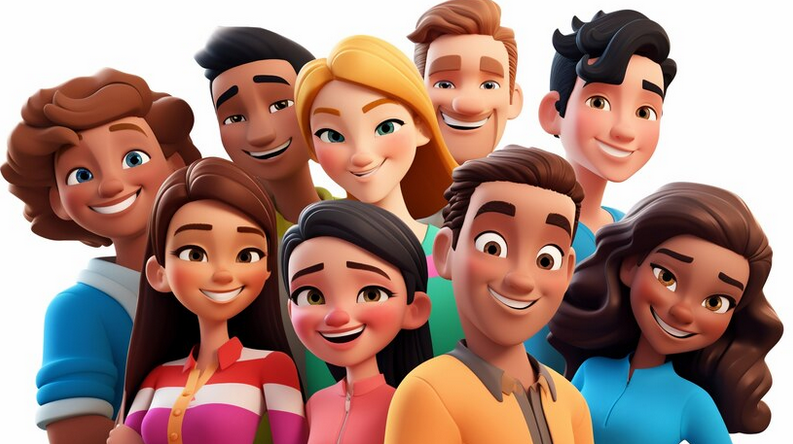
Often FAQs on the topic Content
1. What is the ideal audience content?
Ideal content is content that speaks to the interests and needs of your target audience, creating value and engagement. It should be relevant, informative and attractive.
2. How to understand the target audience?
Understanding your target audience comes from researching their interests, demographics, preferences and behavior. Surveys, analytics, and feedback will help you gain a deeper understanding of your audience.
3. What types of content are there?
There are several types of content: text (articles, blogs), visual (infographics, images), video (webinars, training videos) and audio content ( podcasts).
4. What content delivery format is most effective?
An effective format depends on your audience and goals. Visual content is well received, but text articles can provide more in-depth information. It is important to combine formats depending on the topic.
5. How to determine the exclusivity of content?
Content exclusivity is measured by the uniqueness of the information and the originality of the presentation. The more original and less common your content, the more valuable it is to your audience.
6. What channels are used to distribute content?
Key channels for content distribution include social media, email newsletters, blogs, websites and paid advertising platforms.
7. How to promote content in search results?
To promote content in search results, you need to use SEO techniques: keyword optimization, creating high-quality backlinks, using meta tags and improving the user experience on the site .
8. How to create catchy titles for your content?
Catchy headlines should be short, intriguing and clearly reflect the essence of the article. Use numbers, questions, or catchy phrases to grab your readers' attention.
9. How to measure content effectiveness?
Content effectiveness can be measured by analyzing metrics such as views, time spent on page, engagement and conversion rates. Reviews and comments will also help gauge audience reaction.
10. How to update old content?
Updating old content includes editing information, adding new data, improving text structure, and updating headings and images. This will help keep the material relevant.
Thank you for reading and for becoming more prepared! 🎉
I hope you learned how to create effective content for your audience. Every word, every idea you put into a text can change perception and attract attention. I remember one of my content creation projects for a company increased their engagement by 150%! This proved that understanding the needs of your audience is the key to success. Now you have all the tools for the job. Write, share your thoughts in the comments and make changes to your approach! 🖊️

Article Target
Teach readers how to create quality content.
Target audience
Marketers, business owners, copywriters, students.
Hashtags
Save a link to this article
Larisa Shishkova
Copywriter ElbuzIn the world of automation, I am a translator of ideas into the language of effective business. Here, every dot is a code for success, and every comma is an inspiration for Internet prosperity!
Discussion of the topic – Content
Key elements to creating effective content include understanding your target audience and using catchy headlines.
Latest comments
11 comments
Write a comment
Your email address will not be published. Required fields are checked *












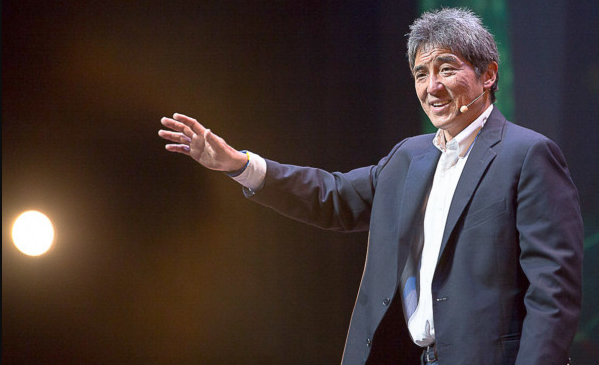






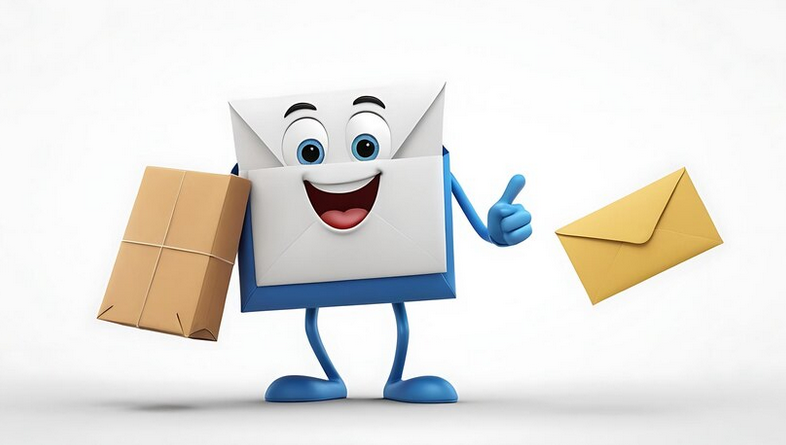



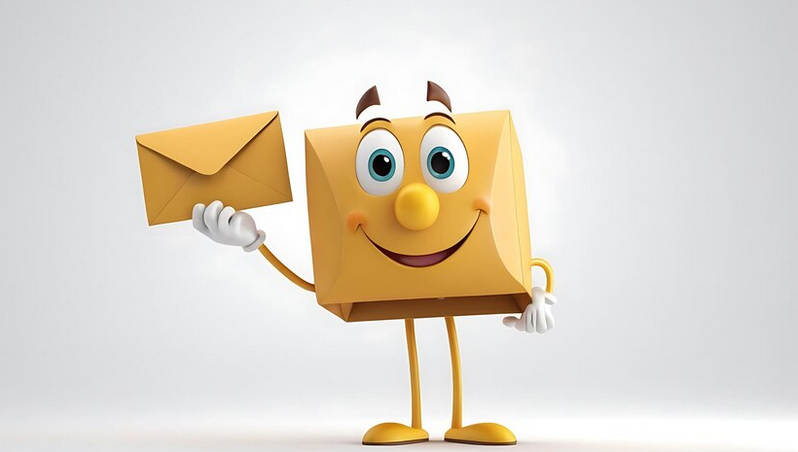
.png)

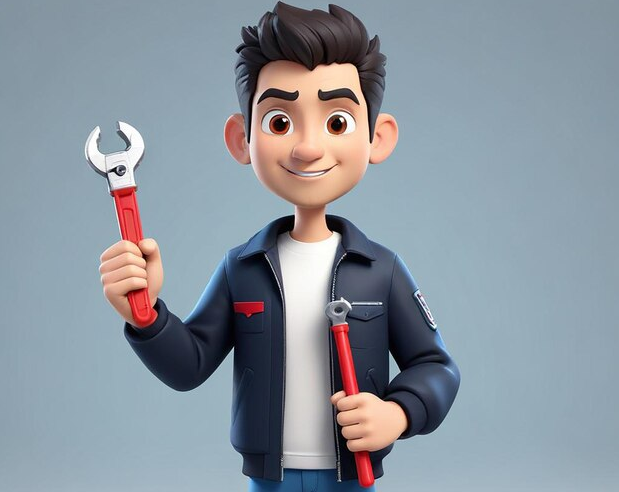


Лариса Шишкова
Creating perfect content is an art! You need to know your audience by heart and understand what attracts them. Plan your content in advance and test different formats.
Oliver Smith
I agree, Larisa! Audience analysis is the first step. What do you think about long-term content strategy? Are there any examples of successful cases?
Emma Müller
I love using catchy headlines! They can really grab attention. I have a few tricks that have worked for me! 🌟
Marco Rossi
Exactly, Emma! Headings are the first thing a user reads. I sometimes test different header options on my posts. The results are surprising! 💡
Anna Kowalska
I agree with you, Marco! Using A/B testing helps you understand what really works. I tried this and the results were amazing!
Carlos Gomez
Don't forget the importance of storytelling. When we tell a story, the content becomes vivid and memorable. Does anyone have any interesting examples?
Hans Meyer
What nonsense? All these trends with headlines and stories are just temporary fun. The main thing is the content, not a circus with fire. 💩
Olivia Dupont
Hans, not everything is so simple! Intriguing headlines and stories can attract people, who then value the content. It works, believe me.
Лариса Шишкова
It's good that you mentioned storytelling, Carlos! This is a key element that we often underestimate. The right story resonates in people's hearts. ❤️
Pablo Sanchez
I agree with Larisa! Always try to find an emotional connection with your goal. This makes the content more personalized and engaging.
Svetlana Ivanova
In my opinion, it is also important to follow current topics and news. This helps you stay on trend and create content that is truly interesting. 🌍